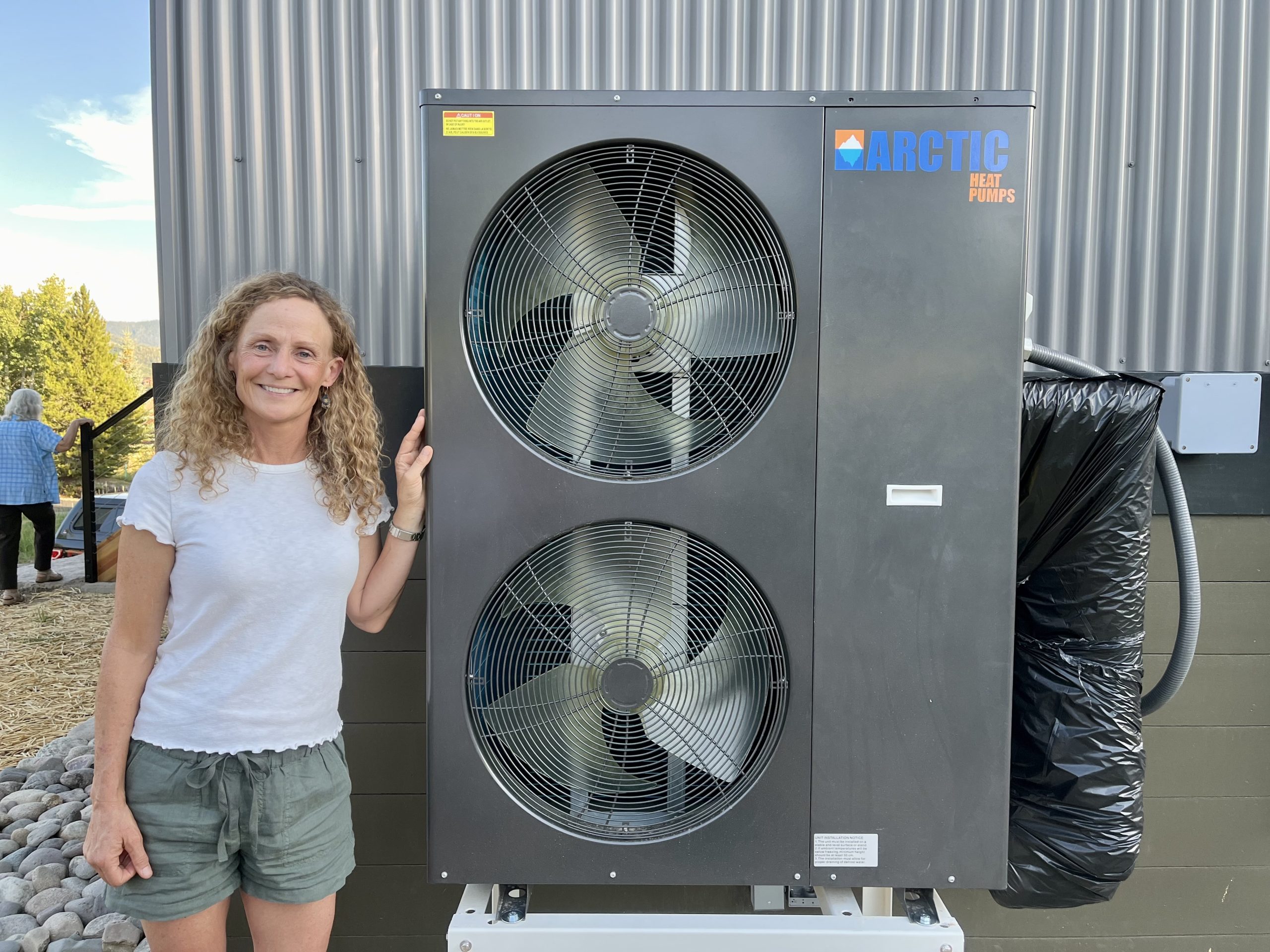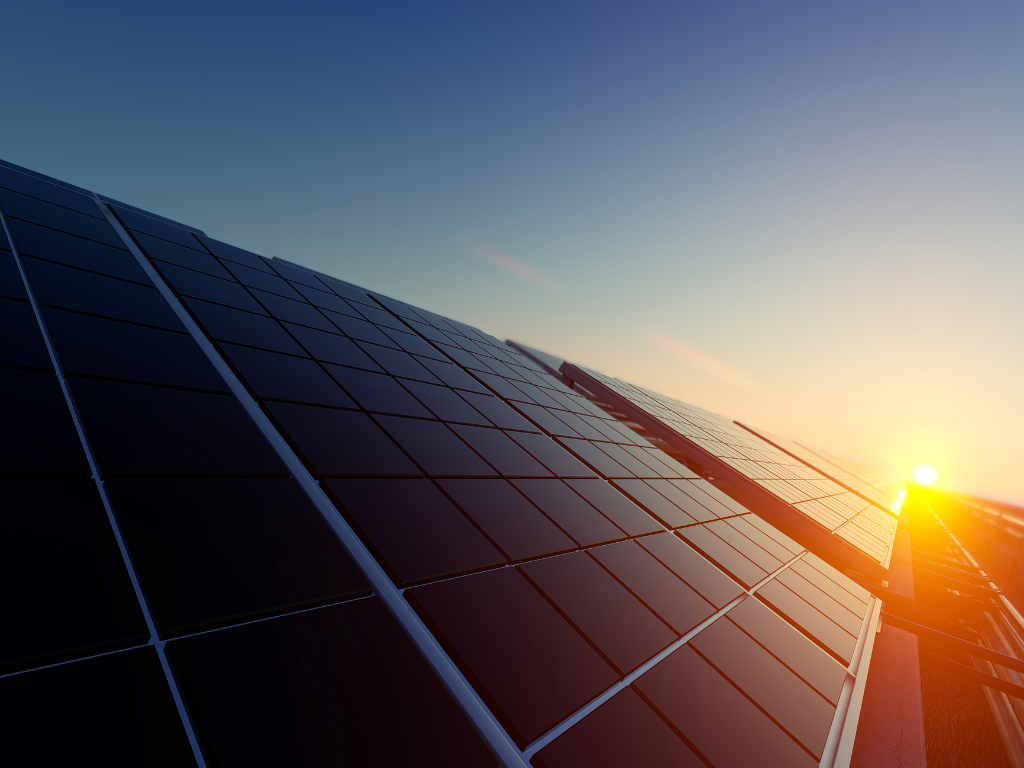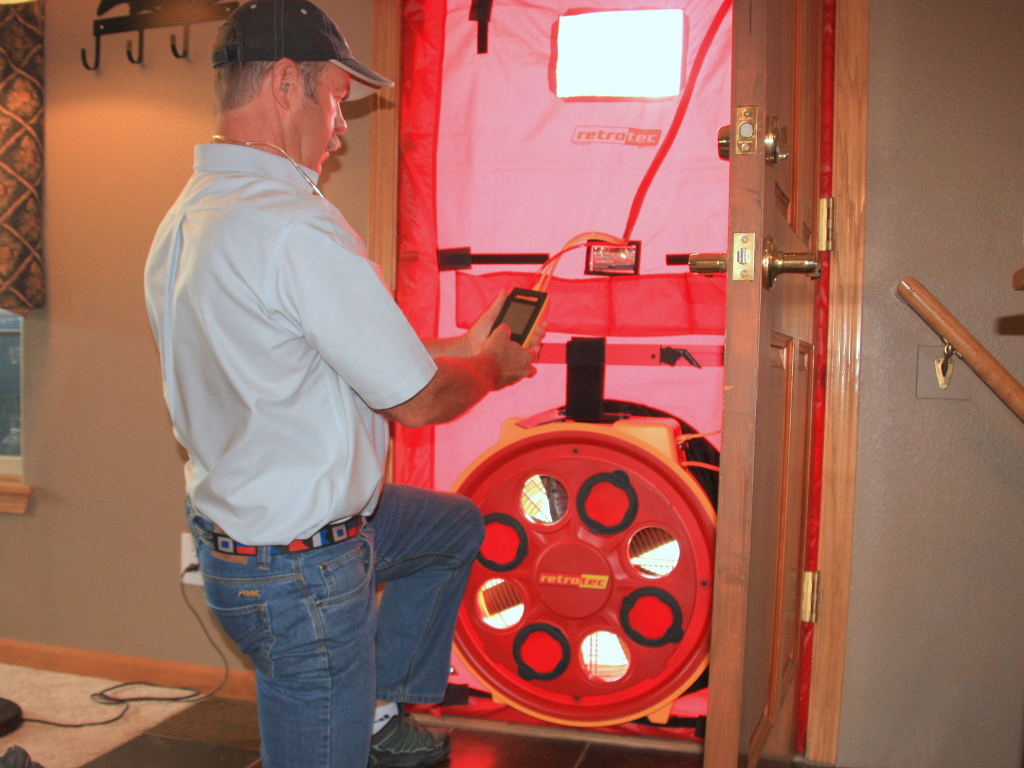DECEMBER 5, 2013 BY
by Greg Pohlman
LIGHTING CHOICES
Lighting accounts for 20% to 25% of all American energy consumption. An average household dedicates 5% to 10% of its energy budget for lighting, while commercial establishments consume 20% to 30% of their total energy use for lighting.
Lighting efficiency is known as efficacy and is measured in lumens per watt. The measure of lighting intensity is known as illumination. Some common types of lighting include; incandescent, fluorescent, halogen, neon, and LED’s. Incandescent lighting is among the most common and least efficient type of lighting, while fluorescent and LED’s (light emitting-diodes) are of increasingly efficient design.
Incandescent bulbs are the oldest, most common and most inexpensive lamps. They are rated for approximately 1,000 hours of life. Traditional incandescent bulbs are very inefficient, as only 10% of their energy is used for producing light, 90% is converted into heat. These are the bulbs that are going away. Have you noticed that you can’t find a 100 watt incandescent bulb anymore? That is due to the Energy Independence and Security Act of 2007, which requires 25% greater efficiency for light bulbs to be phased in from 2012 through 2014.
Tubular and compact fluorescent lamps are the next most popular lamps after incandescent and are rated for approximately 10,000 hours of life or ten times longer than incandescent bulbs. Tubular lamps are preferred for ambient lighting in large open areas because they create less direct glare than incandescent bulbs.
Tubular lamps (T12’s) are 1-1/2″ inches in diameter, four feet long and rated at 40-watts or eight feet long and 75-watts. T12’s use a magnetic ballast. The four foot fluorescent lamps are now available in a more efficient design – T8 and T5, which are a more efficient and thinner design (1″ inch & 5/8″ diameter respectively) that have improved coatings for better efficacy and color rendition along with dimmable electronic ballasts. T12 lamps will no longer be available because of their outdated inefficiency and business consumers will have no choice but to utilize newer T8 and T5 lamps. You can still use your old fixture if you change out the magnetic ballast with the new tubes and electronic ballast.
Compact Fluorescents (CFL’s) are one of the most recent lighting advances in home lighting and are commonly used to replace incandescent lighting. CFL’s screw into incandescent fixtures and save up to 75% of the electricity used by incandescent bulbs while their lamp life is about ten times greater. One environmental down side to fluorescent lighting is the lamps have a small amount of mercury mixed with inert gases to conduct electrical current, stimulating the phosphor coating on the glass tube to emit light. The mercury can be harmful to the environment when disposing of the lamps. When disposing of CFL’s, you should follow the same directions for disposing of Tubular fluorescent bulbs – wrap the bulbs in bubble wrap or a cloth, place them in a box for safe transport and take them to an approved hazardous waste center. Also, see the “Bulb-Eater” local recycling option below
Light Emitting-Diodes (LED’s) are the next generation and most recent advancement in efficient lighting. They use 90% less energy, are typically rated from 30,000 up to 100,000 hours and do not contain mercury. The initial cost of LED bulbs is higher than CFL’s and they are not as bright, but they may be a good option for accent lighting or where changing bulbs more frequently is time consuming.
Unlike CFL bulbs, LED bulbs don’t contain mercury, so recycling them is easier and safer. Package burned out LED bulbs safely and ship them to an LED Light Bulb Recycling center.
RECYCLING OPTIONS – Read our recent blog post on Recycling Old Light Bulbs
Greg is a home inspector, and owner of Complete Home Inspection Services in Steamboat Springs.






